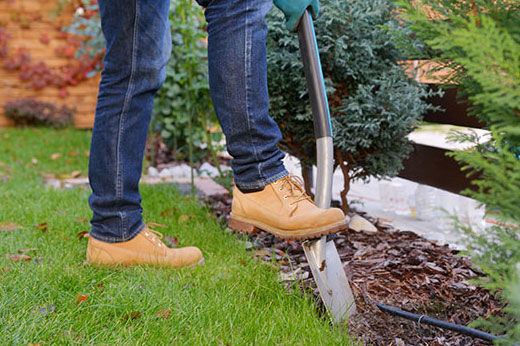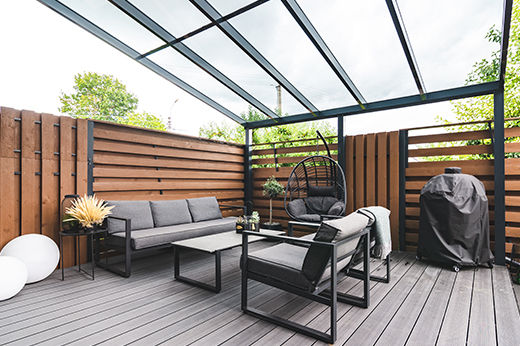How to Insulate An Attic
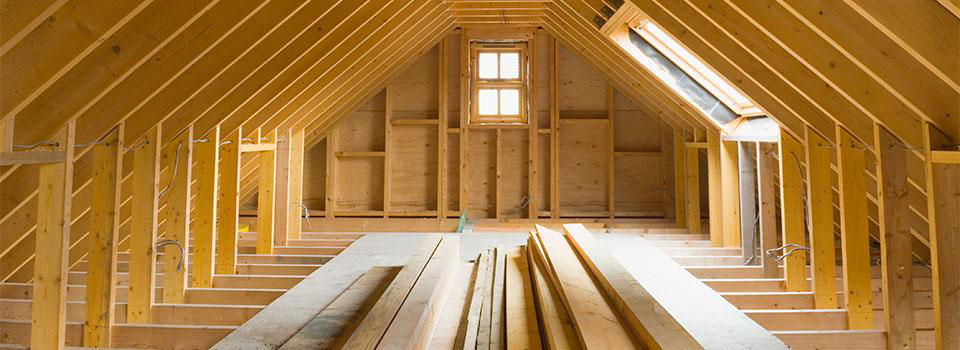
Insulating your home is one of the best ways to reduce heating and cooling costs and increase overall comfort. The most important place to begin is in the attic, because heated air rises and can be lost through the roof. There are multiple options for installing insulation, and we can help you decide which is right for your situation.
Why You Need Attic Insulation

Since heat rises in your home, it naturally accumulates in your attic in the winter. If there’s insufficient insulation on top of the attic’s floor, heating is conducted through the ceiling and then out through the roof. In addition, attic insulation also improves the cooling effect in your home by reducing how much heat moves into your home from the attic during the hot summer months.
When To Insulate Your Attic

The best time of year to insulate your attic is during the spring or fall when temperatures are moderate. As mentioned, attics trap a lot of heat, so working up there in periods of high outdoor temperatures can pose risks of overheating and dehydration. A great time to insulate is during the fall in preparation for the cold winter ahead.
Materials for Insulating Your Attic
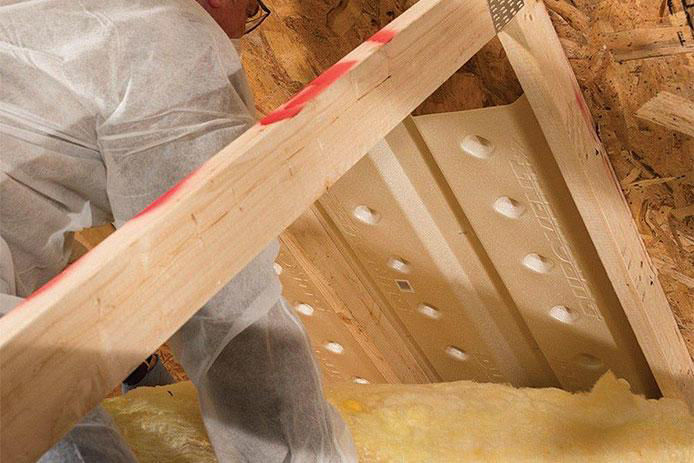
The two most common types of attic insulation are fiberglass rolls/batt and loose fill cellulose. If you are considering a DIY job, fiberglass batts are the easiest to install and are readily available at your DoItBest store. Loose fill cellulose can be done as a DIY project, but it is much easier to have a professional install as it requires a machine to blow in the insulation, and the loose particles are harder to contain.
If you choose to tackle the insulation project yourself, you will need to gather the following supplies:
Hard hat (for protection from roofing nails)
Straight edge to cut insulation
Rockwool insulation or loose fill cellulose insulation
Sheet of plywood to walk on (if necessary)
How to Install Attic Insulation
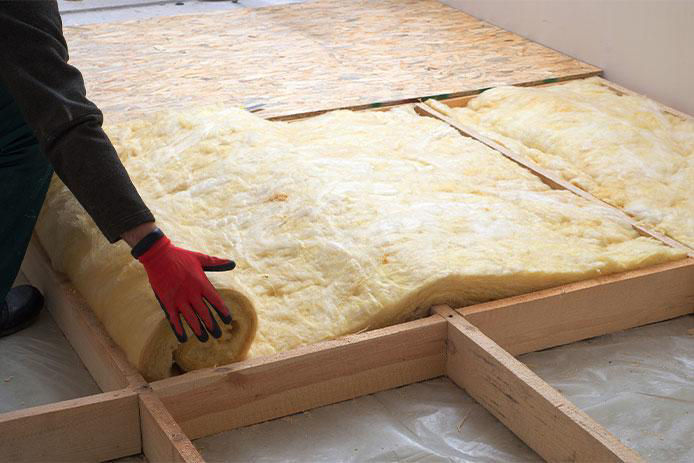
The steps to insulate an attic are straightforward, but the work and precautions required make this a moderate-level DIY project. Be sure to walk along joists as you work, using plywood supported between joists if needed. Wear protective clothing in addition to the safety items listed above.
If you have determined that loose fill cellulose is the best insulation option, hiring a professional is suggested. The blown-in insulation will require special equipment to install.
Below are the steps to follow when installing fiberglass batt.
Seal cracks and openings
Use caulk to seal around vents, the chimney, plumbing, etc.
Use spray foam insulation to seal wider gaps up to about three inches.
Protect lights and vents
Lights must either be IC-rated (insulation contact) or protected from contact with insulation using a fire-rated recessed light cover or similar barrier.
Install vent chutes or insulation baffles to direct the cold air to attic vents and keep the area free of insulation.
Insulate attic access door
Ensure that the access door to the attic is properly insulated. Install fiberglass batt to the backside of the door with the fiberglass side facing down.
Use weatherstripping on the edges of the door to create a tighter seal.
Lay insulation
Lay rolls of fiberglass batt between each of the joists. Cover the entire attic floor.
If desired, add a second layer of fiberglass batt on top of and perpendicular to the first. The second layer of batt should be unfaced.
Best Way to Insulate Your Attic

The best way to insulate an attic differs based on the house, climate, and budget. Knowing your options allows you to make an informed decision, and if you choose to take on the project yourself, Do it Best has everything you need to get started.
While do-it-yourself projects can be fun and fulfilling, there is always a potential for personal injury or property damage. We strongly suggest that any project beyond your abilities be left to licensed professionals such as electricians, plumbers, and carpenters. Any action you take upon the information on this website is strictly at your own risk, and we assume no responsibility or liability for the contents of this article.
